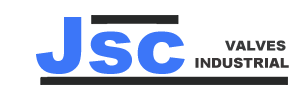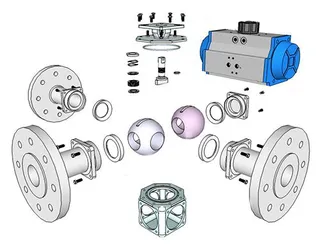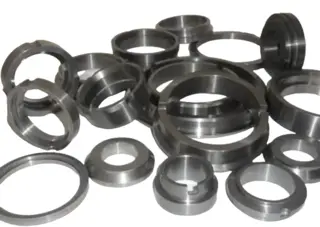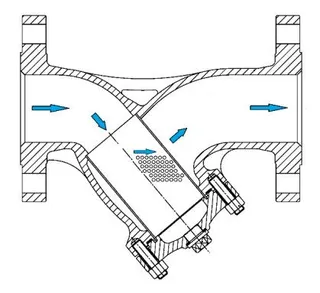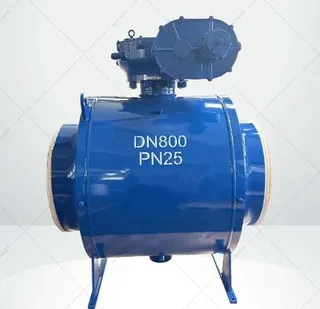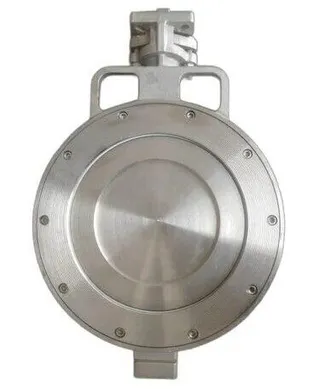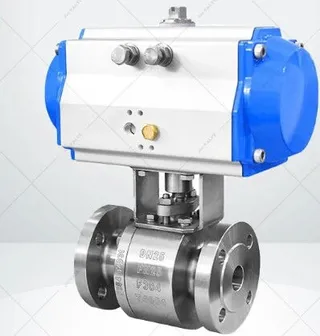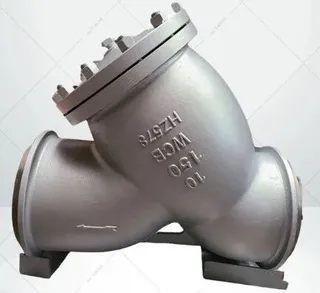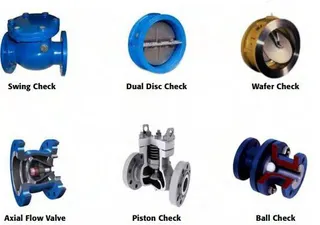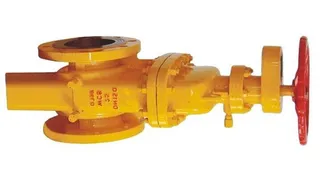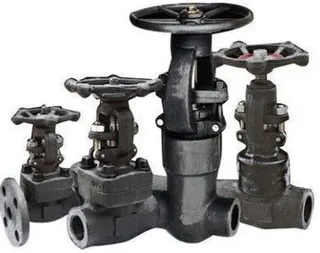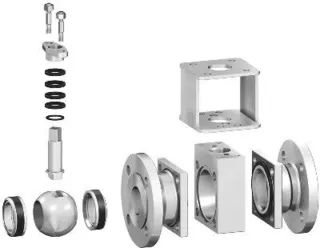Design and Performance Requirements of Three-Way Ball Valve Seats
Three-way ball valves play a crucial role in various industrial applications, and the valve seat, as a core component, significantly affects the overall performance and reliability of the ball valve. The design and material selection of the ball valve seat directly impact the valve's sealing performance, durability, and performance under harsh conditions. This article will comprehensively discuss the design requirements, performance characteristics, and future development trends of three-way...
